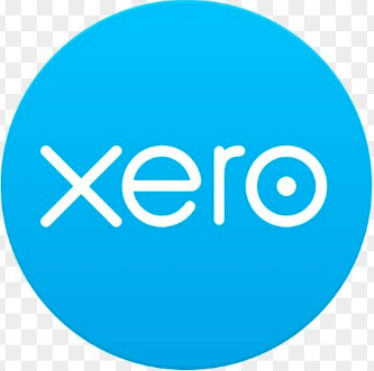HMRC have indeed changed the penalty regime for late submission and payment of VAT returns. The new system is called ‘Pay As You Go’ and is intended to make it easier for businesses to pay their VAT on time. Under the old system, businesses that submitted their VAT return late were automatically charged a Default Surcharge. However, under the new system, businesses will only be charged a penalty if they fail to pay their VAT on time. This change is designed to make it simpler and fairer for businesses to manage their VAT obligations.
The new VAT penalty regime was supposed to be introduced for VAT return periods beginning on or after April 1st, 2022, however because of the need for HMRC to change their systems, it has been deferred until January 2023. This will bring VAT more in line with existing penalties that apply to direct tax returns. The delay will give HMRC extra time to make the necessary changes to their systems so that everything will run smoothly when the new regime is put into effect.
According to HMRC, over 2.5 million businesses are registered for VAT in the UK, and the majority of these businesses comply with their VAT obligations by submitting their returns on time and paying any tax due. However, there are some businesses that fall behind on their VAT returns, and as a result, they may be subject to late submission and late payment penalties. For businesses that have a good compliance history, HMRC will usually only issue a Surcharge Liability Notice (SLN) for the first late return. However, for businesses with multiple defaults, HMRC may extend the SLN period and levy additional penalties of up to 15% of the tax due. In either case, it is important for businesses to stay on top of their VAT obligations in order to avoid these penalties.

The new system is called ‘Pay As You Go’ and is intended to make it easier for businesses to pay their VAT on time.
There will be a two-tiered penalty system under the proposed changes.
The first is a late VAT submission penalty
A single penalty point will be levied by HMRC if a VAT return is submitted late, and when the firm has reached a number of penalty points for numerous missed returns, a flat penalty of £200 will be charged for each late return.
The regime assigns a ‘standalone’ late submission penalty based on a points-based system to people who submit their VAT returns frequently. The new penalty structure is intended to be both more just and more efficient in deterring late submissions.
The following VAT penalties will be assessed
Annual, 2 points
Quarterly, 4 points
Monthly, 5 points
In the event that a business falls behind on filing its taxes, it can often be difficult to catch up. This is especially true if the business owes a large amount of money. However, the new program allows businesses to submit all outstanding returns by the due date for a set period of time. For annual filers, this period is 24 months; for quarterly filers, it is 12 months; and for monthly filers, it is 6 months. In addition, businesses must have filed all outstanding returns for the previous 24 months in order to be eligible for the program. As a result, the program provides a much-needed opportunity for businesses to get their affairs in order and avoid any further penalties.
For each submission obligation they have, taxpayers will get one point total.
The following table outlines the proposed penalties
| Number of Late Returns | Points per Return | Late Maximum Penalty |
| 1-3 | 1 point each | £200 per return |
| 4-6 | 2 points each | £400 per return |
| 7-9 | 3 points each | £600 per return |
| 10 or more | 4 points each | £800 per return |
The second tier is a late payment penalty
If a business does not pay its VAT on time, it will be charged a late payment penalty of 2% of the tax due, up to a maximum of £400. This is in addition to any interest that may be due on the unpaid tax.
In order to avoid these penalties, businesses should ensure that they file their VAT returns on time and pay any tax due. They should also keep track of their compliance history so that they can be sure to avoid any additional penalties.
The new penalties are intended to create a more level playing field for businesses and to encourage compliance with VAT obligations. By staying on top of their VAT obligations, businesses can avoid these penalties and keep their affairs in order.
If a taxpayer is required to submit both an ITSA return and a monthly VAT return, they will have two separate points totals: one for each return type. A point will only be subtracted from the total to which the return relates if both the ITSA and VAT returns are late. If only one of the two types of return is filed late, no points will be subtracted from the taxpayer’s total.
If both returns had an annual submission frequency, there would still be two separate point totals: one for ITSA and one for VAT, with the taxpayer incurring a single point each if both returns were late.
The government has announced that it will not charge a first late payment penalty for the first year from 1 January 2023 to 31 December 2023, if paid in full within 30 days of the payment due date. This is to give taxpayers time to become acquainted with the new system. The new system is designed to make it easier for people to pay their taxes on time. It will also help HMRC to collect taxes more efficiently. The change will come into effect from 1 January 2023.
If you are worried about your VAT returns and need some help and advice, get in touch today on 0800 169 3278
What do you think about these changes? Let us know in the comments below…

















